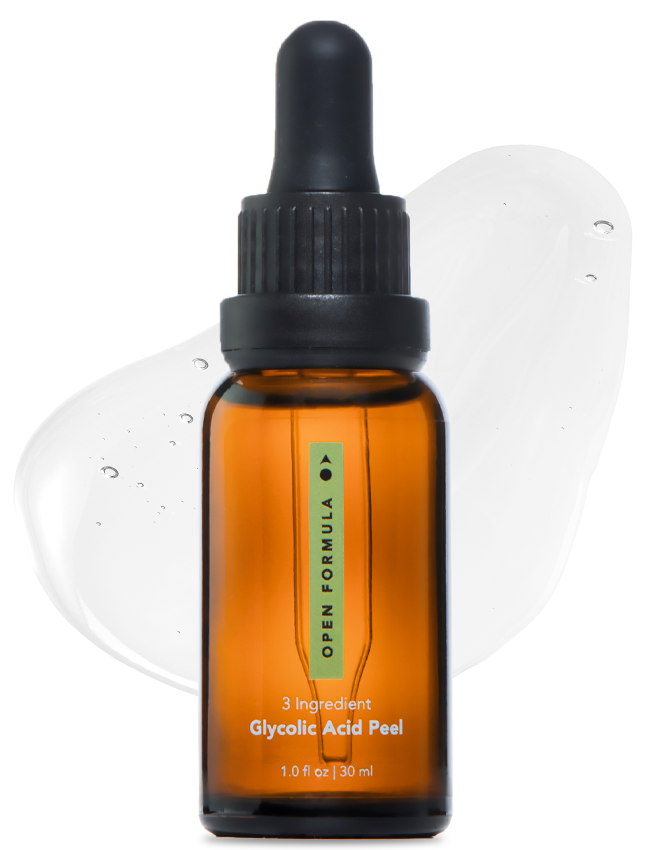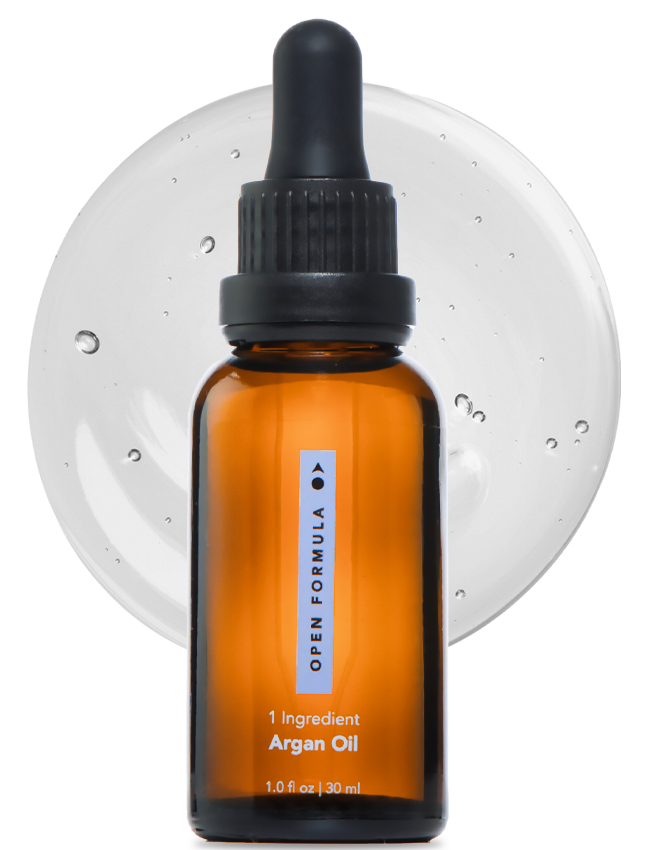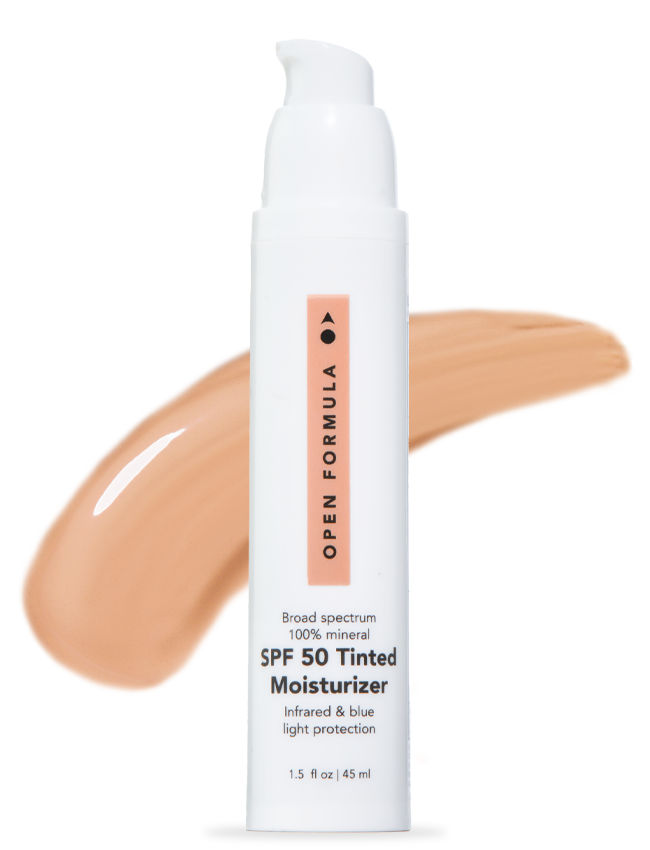The world of skincare is filled with both strange and beguiling tactics of achieving beauty and dastardly methods of pushing skin to its absolute limit. Some people simply take things too far. Let's take a look at some extreme cases of skincare science experiments from around the world.
UK Woman Didn't Wash Her Face for a Month, Ages 10 Years
We've all been there: long nights when we go to bed without ridding our face of the day's makeup. However, when it’s a one-night occurrence, we do a thorough cleansing the next morning and get on our way. But that simply wasn't the case for one UK woman. Anna Pursglove, who already had an interesting relationship with washing her face, decided to not wash her face for a month.
She didn't use cleansers in the shower. Her skin was only allowed to get wet. Our no-skincare experimenter reported her awful skincare symptoms. And the results were disturbing. Her skin felt “dry and taut,” “flaky and lumpy,” and she even developed an eye infection from leaving on her mascara. Not the worst of all, she also accumulated dandruff, on her eyelashes.

What happened when dermatologists examined her skin at the end of the experiment? It was dehydrated, irritated, and uneven; however, even scarier, she seemed to have visibly aged 10 years in 30 days.
So, moral of the story, wash your makeup off, even when you're tired.
Woman Smears Snail Slime as Skincare for a Month
Nowadays, snails have uses outside of escargot and a good glass of wine. A study published by Evidence-Based Complementary and Alternative Medicine (2005) reports that back in the 18th Century, snail “preparations” aided in dermatological disorders. Snails' place in dermatology dates all the way back to the works of the ancient Greeks. But what makes snail mucin so attractive?
Snail mucin has hyaluronic acid, some ultra-potent enzymes [glycoprotein], antimicrobial, and copper peptides. In the same 2005 study, they studied the effects of the snail secretion on photoaged skin. Daily application showed a significant reduction of fine lines after 8 weeks.
In an article from Everyday Health, we learn about a woman who smeared snail slime over her skin for one month. The results will likely be confounding to most.
The subject was predominately looking forward to the hydration potential of snail mucin. In the first week or so, she felt like she had struck “liquid gold.” She reported no side effects besides instant softness. Because the slime was also double-tasking as her moisturizer, she started upping the use of her retinol from every other night to every night.

Photo via: Everyday Health
Coming up on a month of “sheer bliss,” she was waking up to softer, smoother skin, fewer breakouts, and less sebum production. But then there was a problem. She left for a week, and while she took her slime, she left her retinol at home. Her skin went crazy. Was her good skin due to her upped retinol usage after all? Retinol is one of the most studied and invariably effective skincare ingredients. The jury's still out in the case of the mysterious snail mucus.
Woman Uses Baking Soda as Skincare Every Night for a Week.
There's plenty of rant across remote corridors of the internet about baking soda's ability to clear acne and help exfoliate the skin. Yet, facts that show it can destroy the skin’s natural acid mantle, our barrier to viruses, bacteria, and other skin enemies. In a 2019 study published by Dermatology and Therapy, studied the efficacy of baking soda in treating mild psoriasis. 30 patients tried this for 28 days. Did baking soda have positive effects on the skin? In the end, no, the psoriatic lesions had not improved.
In this story on LittleThings.com, our experimenter believed that baking soda could act as a daily cleanser, face mask, and an exfoliator, unclogging the pores and removing dirt and oils from the skin. So what happened?
Using baking soda and water to form a paste, our experimenter began with oily skin and a few pimples. She hoped that this concoction would help relieve some of the extra zits she had, relying on the “fact” that baking soda helped to clear up acne. While first giving a matte and smoothing effect, as the days progressed, her skin got oilier and oilier. Plus, the pimples increased. Our experimenter began to worry earnestly about the pH levels of her skin.
By Day 4, the oiliness and greasiness of her skin had taken over. There was no acne reduction, clear skin, or unclogged pores. There was only oily skin. There were more zits, more pimples, and more blackheads. By Day 7 experimenter’s skin was oilier than ever before, and her old skincare products were calling her name.
So, not a great outcome. But keep in mind many ingredients that are great for you if you use a small amount, like retinol, can have the opposite effect at certain concentrations.
Woman Tries the Vampire Facial
Vampire facials, also known as PRP facials (platelet rich plasma), might be a nightmare for some. But for this beauty enthusiast, spending the day getting her face pricked with tiny needles and then smothered in her own blood seemed worth it. The PRP facial involves getting blood drawn, spun to isolate the plasma from the red and white blood cells, and liquid micro-needled into the skin. Supposed benefits range from decreasing the appearance of fine lines, reducing acne scars and hyperpigmentation, and stimulating collagen.
Various studies have examined the efficacy of PRP on the skin, with it being one of the newest therapeutic innovations in the field of dermatology in the past decade. Specifically, PRP has gained attention for helping to reduce acne scarring. A 2019 review published in the Journal of the American Academy of Dermatology, concluded that the addition of PRP “provides improvements in acne scarring, higher patient satisfaction, and decreased post-procedure downtime.” Moreover, a 2019 study in the Journal of Cosmetic Dermatology reported that PRP offered “modest benefit” in treating the effects of skin aging and photodamage.
Because you’re giving yourself a facial with something your body is familiar with and naturally produces, there is no potential for allergies. Who wouldn’t want more youthful looking skin along with stem cells becoming new collagen and elastin?
The procedure begins with a heavy dose of numbing cream and blood drawn from the arm. Then, the micro-needling begins. Comparable to “metal sandpaper,” this beauty enthusiast declares it’s like a slight sensation of something penetrating the skin—and this is before the plasma is applied to the skin.What were the results? On Day 3 after the procedure, there was a bit of lingering redness, but most importantly: her hyperpigmentation seemed to have already lightened up, and her skin was glowing.






























